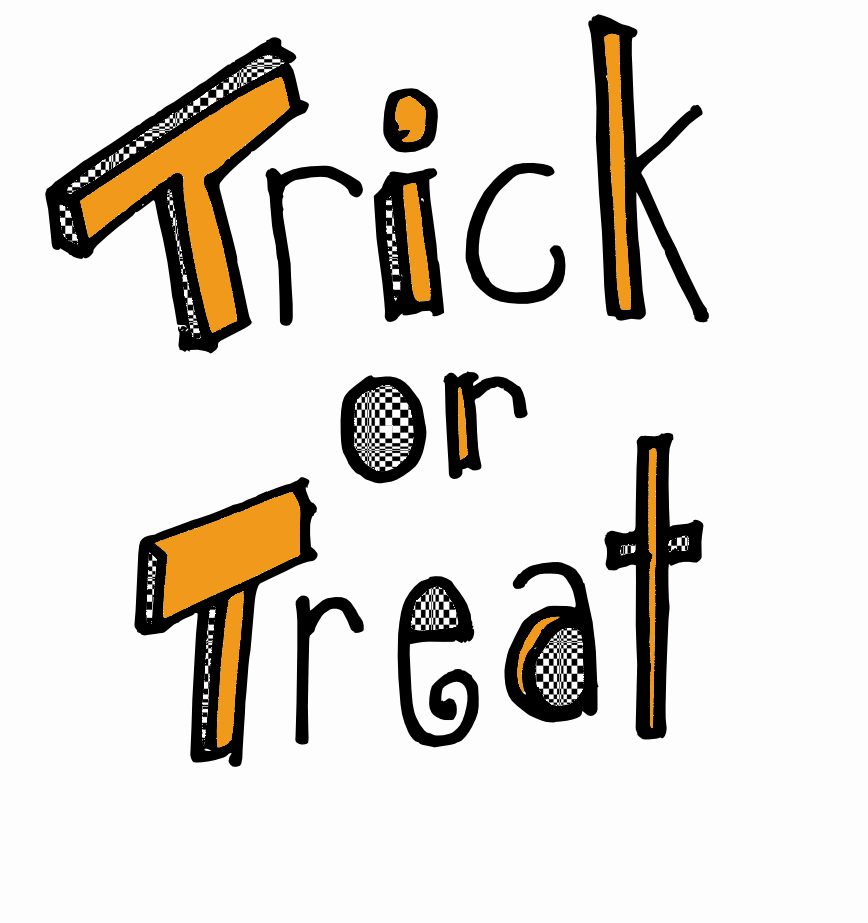Part 2: Trick or Treating
During
Samhain, masks and costumes were crafted and worn in an attempt to mimic the
evil spirits in hopes of warding off the harm they may wish to bring. Some masks were designed to pay homage to
family ancestors, however. Now they are
worn to pull together the costume; what would Spiderman be without his mask!?
Trick-or-treating
is another custom that has become a staple in current Halloween
traditions. It most closely resembles
the late medieval practice of "souling”.
The practice involved the poor going from house to house on Hallowmas
(November 1). They would promise prayers
for the dead on All Souls Day (November 2) in exchange for food or money. This practice originated in Ireland and
Britain, and when countless Irish immigrants fled the potato famine and came to
America, they helped to popularize the tradition. Americans borrowed the masked idea from the
Celtics and the concept of “souling” and Americanized Halloween into what it is
today.

Towards
the end of the 1800’s American’s began to center Halloween less around pranks
and ghouls, and aimed celebrations more towards community activities such as
parades, carnivals, parties, and festive costuming.
It was because of these changes that
Halloween lost most of its superstitious and religious ideals at the turn of
the new century.
Trick-or-Treating
was revived between 1920 and 1950, which allowed communities a cheap but
entertaining and fun way to remain neighborly and celebrate Halloween
together.
To keep themselves safe from
tricks of the neighborhood children, treats were given.
information acquired from:










